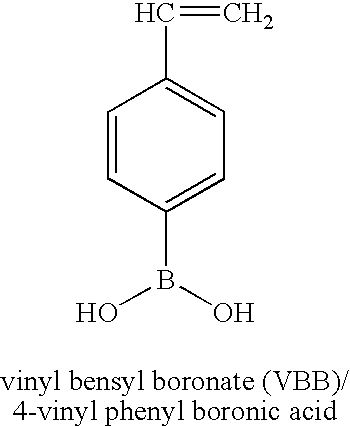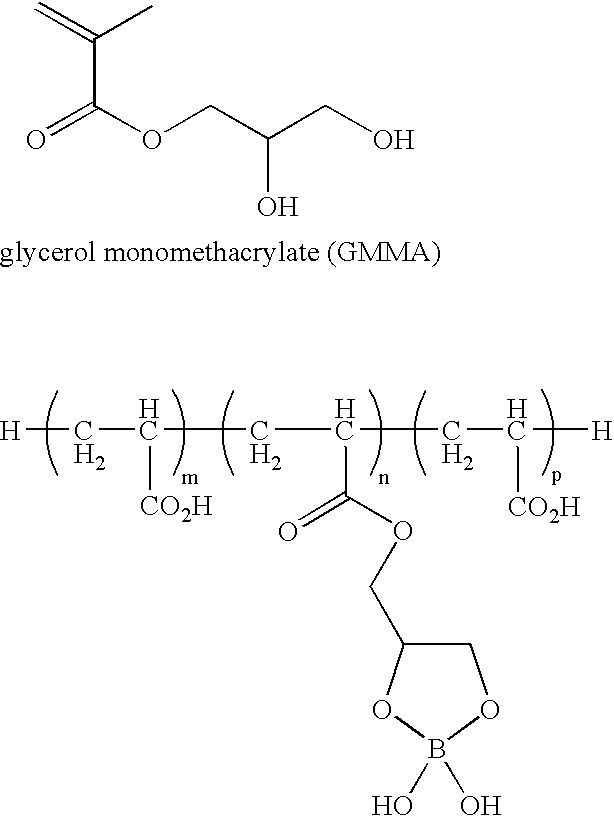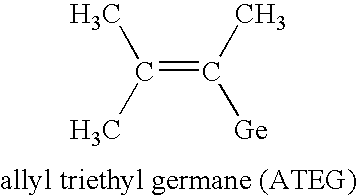Stimulating Oilfields Using Different Scale-Inhibitors
a technology of scale inhibitors and oilfields, applied in the direction of quarries, treatment water, treatment water from quaries, etc., can solve the problems of scale reducing oil recovery yield, clogging of pipework, and reducing or even preventing the flow of oil
- Summary
- Abstract
- Description
- Claims
- Application Information
AI Technical Summary
Benefits of technology
Problems solved by technology
Method used
Image
Examples
first embodiment
[0029] According to the invention, the scale inhibitors are introduced, for example periodically, continuously, continually, or when needed according to analysis, into the fluid. More precisely, the scale inhibitor is introduced the into the fluid for the zone or well it is dedicated to. The amount and frequency may vary according to analysis performed on the combined recovered fluid.
second embodiment
[0030] According to the invention, the different scale inhibitors are introduced into the oilfield before stimulating (i.e. before efficiently displacing the crude oil), by forcing different said inhibitors into the oilfield (into different zones or via different wells), according to a squeeze treatment. More precisely, the scale inhibitor is forced (or squeezed) into different zones or via different wells, for the zone or well it is dedicated to. The frequency of squeezing (or re-squeezing) operations for the different zones or wells may vary according to analysis performed on the combined recovered fluid. The squeezing procedure may of course comprise any other step useful in such a procedure, such as prefushing the zone with seawater. Squeezing operations and formulations are known by the one skilled in the art of oil recovery.
[0031] Analysis, or measuring the amounts of the different scale inhibitors in the recovered fluid, can be carried out by any method suitable for detecting...
PUM
| Property | Measurement | Unit |
|---|---|---|
| radius | aaaaa | aaaaa |
| radial distance | aaaaa | aaaaa |
| concentration | aaaaa | aaaaa |
Abstract
Description
Claims
Application Information
 Login to View More
Login to View More - R&D
- Intellectual Property
- Life Sciences
- Materials
- Tech Scout
- Unparalleled Data Quality
- Higher Quality Content
- 60% Fewer Hallucinations
Browse by: Latest US Patents, China's latest patents, Technical Efficacy Thesaurus, Application Domain, Technology Topic, Popular Technical Reports.
© 2025 PatSnap. All rights reserved.Legal|Privacy policy|Modern Slavery Act Transparency Statement|Sitemap|About US| Contact US: help@patsnap.com



